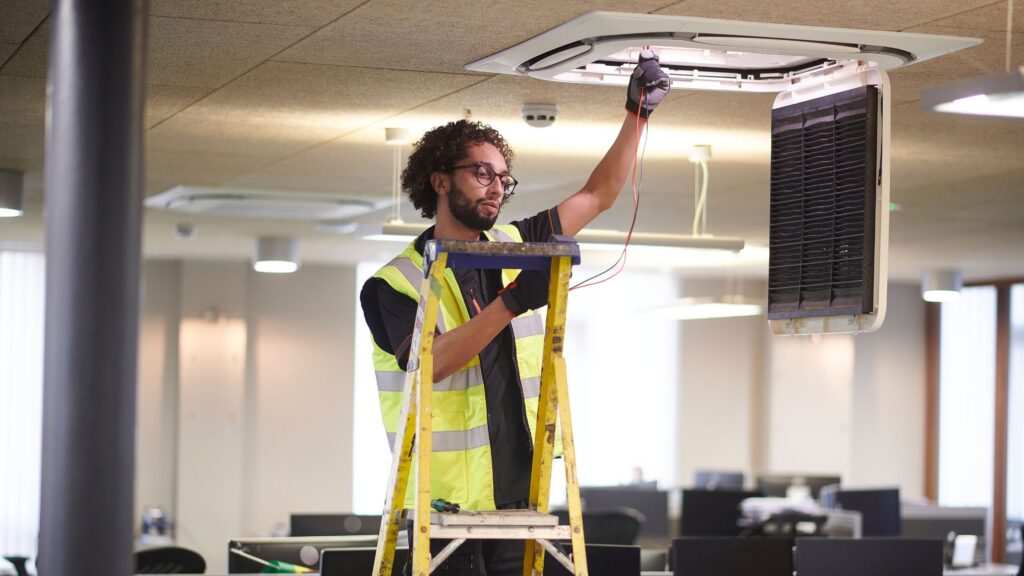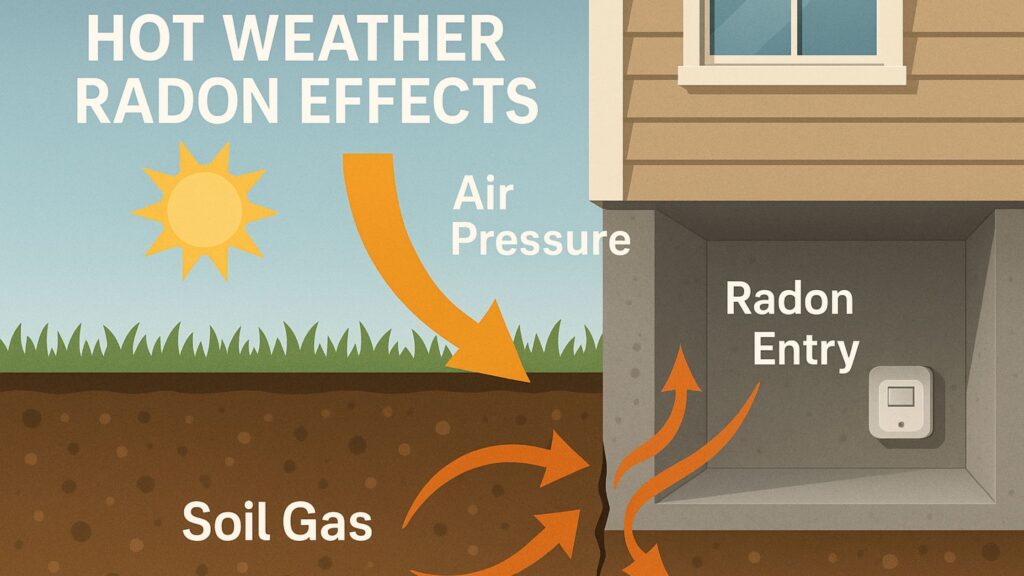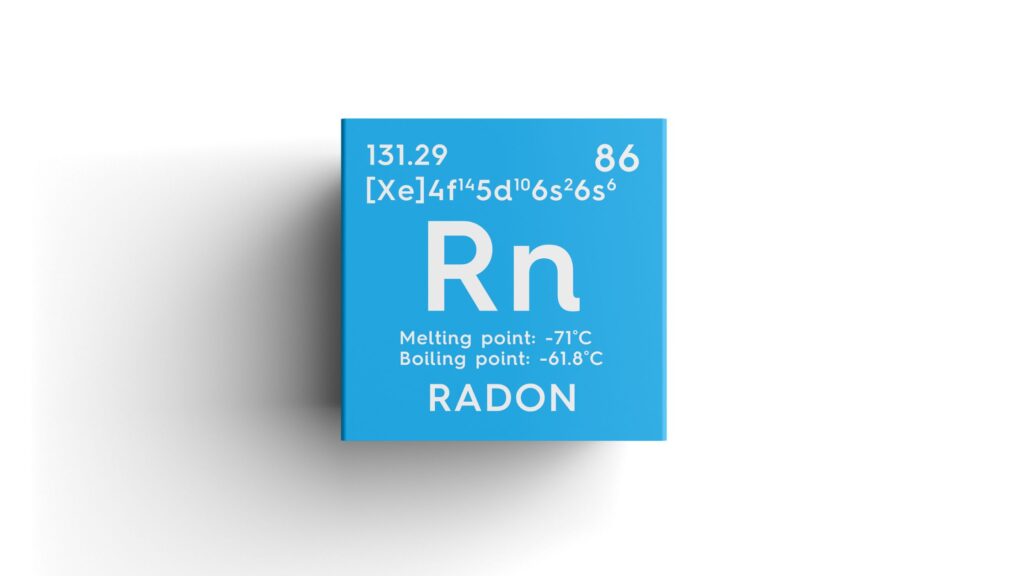Radon is a colorless, odorless, and radioactive gas that poses a silent threat to many homes. It is the second leading cause of lung cancer, and long-term exposure to high levels of radon can cause severe health risks. While installing a radon mitigation system is the first step toward protecting your home, it doesn’t end there. In this article, we will explore the importance of regular maintenance, how it works, and how it helps protect your home from the dangers of radon.

What Is Radon Mitigation Maintenance?
Radon mitigation maintenance refers to the ongoing process of checking, repairing, and ensuring the proper functioning of a radon mitigation system installed in your home. A typical system is designed to reduce radon levels by using a fan to draw the gas out from beneath the foundation, piping to direct it outside, and an airtight seal to prevent radon from re-entering the living space. However, over time, various components of the system can wear down or become less effective due to factors such as moisture, temperature fluctuations, or general wear and tear. For example, the fan may slow down or the seals may loosen, reducing the system’s efficiency. Radon mitigation maintenance involves regular inspections and servicing of each part of the system. This includes checking the fan’s motor for proper operation, inspecting the piping for leaks or damage, and ensuring that the seal remains airtight. Learn more about Cost to Repair a Radon Mitigation System.
How Radon Mitigation Maintenance Prevents Health Hazards
Radon is a harmful, odorless gas that can cause serious health risks, especially lung cancer. Here’s how proper maintenance keeps your home safe:
A) Ensures System Performance
By regularly inspecting and maintaining the system, you ensure that it is continuously reducing radon to safe levels. Proper system performance helps mitigate the risk of elevated radon levels that could jeopardize your family’s health.
B) Detects Issues Early
Maintenance checks can identify minor issues, such as fan malfunctions or leaks, before they become more significant problems. Early detection prevents costly repairs and minimizes the risk of radon exposure. By catching problems early, you avoid disruptions in your radon reduction system.
C) Guarantees Effective Operation
Over time, the system components may wear out or fail, but maintenance ensures that the system is running at its optimal level, reducing radon consistently. An efficient system offers long-term protection, keeping radon levels below harmful thresholds.
D) Prevents System Failure
Regular maintenance prevents the entire mitigation system from failing. Components like fans or piping can wear out, and when ignored, this can lead to complete system breakdowns, allowing radon levels to rise again.
E) Maintains Consistency in Performance
A maintained system ensures consistent radon reduction without fluctuation. With regular servicing, the system will consistently remove radon from your home, offering a stable environment and protecting your family year-round.
In summary, regular radon mitigation maintenance is vital for long-term health protection. It ensures your system runs effectively, preventing health hazards and offering peace of mind. Don’t skip this important step—schedule maintenance today.

Health Hazards of Radon Exposure
Radon exposure has no immediate symptoms, but long-term exposure can lead to serious health risks. The most significant risk is lung cancer, which is responsible for thousands of deaths each year. Radon is the second most common cause of lung cancer, following smoking. The danger is even greater for non-smokers who may be unaware of the radon levels in their homes. Because radon is undetectable by sight or smell, the only way to know if it’s present is through testing and regular mitigation maintenance. By maintaining your mitigation system, you ensure that radon levels remain below the EPA’s recommended action level of 4 pCi/L, preventing potential health issues for you and your family.
Why Radon Mitigation Maintenance Matters
Regular maintenance of your radon mitigation system offers several key benefits:
i) Cost-Effective: Routine checks reduce the need for expensive repairs or replacements, saving you money in the long run
ii) Peace of Mind: Knowing your system is working efficiently ensures that radon levels stay low, keeping your home safe.
iii) Extended System Life: Regular maintenance helps your system last longer, delaying the need for major replacements.
iv) Health Protection: Maintaining the system ensures consistent radon reduction, protecting your family from health risks.
v) Enhanced Home Value: A well-maintained system adds value to your home, assuring future buyers that it’s radon-free.
Regular radon mitigation maintenance ensures safety, health, and long-term protection for your home.
Conclusion
In conclusion, radon mitigation maintenance is crucial for preventing health hazards associated with radon exposure. By scheduling regular maintenance, you ensure that your radon mitigation system continues to protect your family from harmful gas. This proactive approach not only protects your home’s air quality but also provides peace of mind knowing that your system is functioning properly. For continued protection, don’t neglect this important step. DSM Radon is here to provide expert radon mitigation maintenance services, ensuring your home stays safe and your system operates at peak efficiency.

FAQs
Q1: How often should I perform radon mitigation maintenance?
Radon mitigation systems should be maintained at least once per year to ensure they continue working effectively.
Q2: Can I skip maintenance if my system has been working fine?
No. Even if your system seems to be working well, components can degrade over time. Regular maintenance ensures continued safe operation.
Q3: What does a typical radon mitigation maintenance check include?
A technician will inspect the system’s fan, seals, piping, and monitor radon levels to ensure that the system is reducing radon to safe levels.
Q4: What happens if my radon levels are still high after maintenance?
If radon levels are still high after maintenance, further investigation will be conducted to identify issues such as system failure or new sources of radon infiltration.




